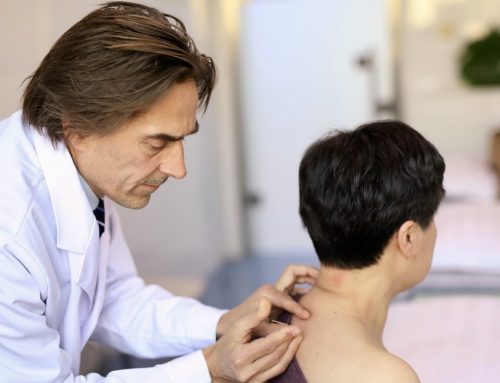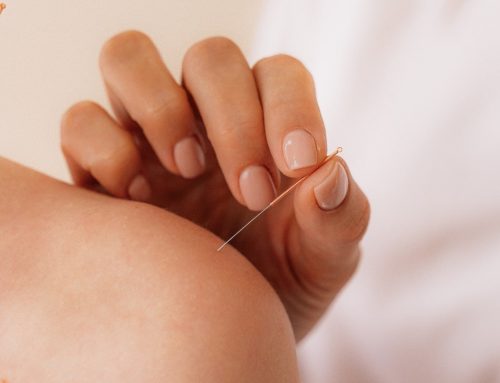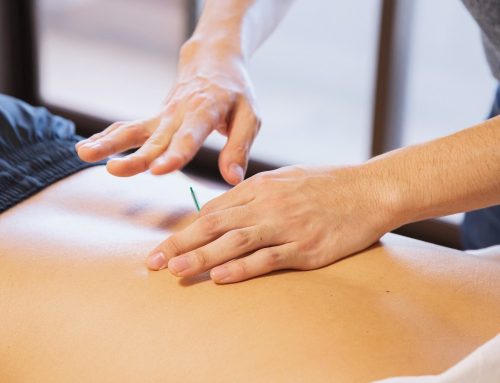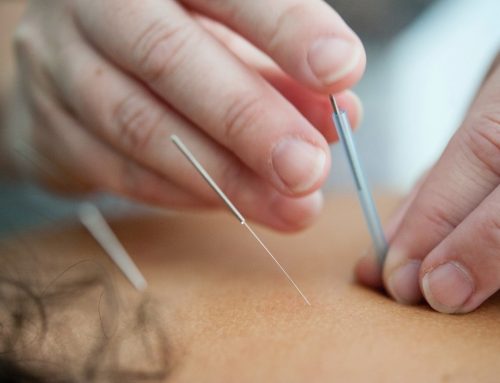Trigger Points, also called myofascial trigger points, are essentially knots in the muscle. These knots are made up of a group of muscle fibers that have shortened after being activated but are not able to lengthen back to a relaxed state after their use. As a result, painful, sensitive nodules form in the muscle, and muscle fibers become tight enough to compress the surrounding capillaries and nerves. Current pathology research suggests that an extra leakage of acetylcholine at the neuromuscular junction is what induces these contracture knots. Unable to obtain a fresh blood supply, these muscles are then unable to receive the oxygen and nutrients they need and become unable to flush out toxins, causing them to become hypoxic. As a result, patients suffering from these myofascial trigger points experience pain and discomfort, with muscles being sore to the touch. Some patients even experience an impediment to their normal range of motion.
What Causes Trigger Points?
Myofascial trigger points can develop for a variety of reasons. They often are a result of the body’s protective response following acute trauma, or even sickness. Some common causes include:
- Stress
- Illness (common bacterial or viral infections such as the common cold)
- Nutritional deficiencies
- Metabolic or endocrine disorders
- Injury (muscle fibers often tighten in an attempt to reduce the severity of an injury)
- Unexpected Movements (i.e., whiplash, unexpectedly stepping off of an uneven surface)
- Sustained Postures (i.e., sitting or standing for prolonged periods)
Active and Passive Trigger Points
Trigger points can largely vary, with some being more persistent than others and with some patients suffering from trigger points that are localized to a particular muscle group and others suffering from widespread myofascial pain. One of the most important distinctions between trigger points as it relates to treatment is active trigger points versus passive trigger points:
- Active Trigger Points: Active trigger points involve pain that also affects another part of the body. If, for example, pressure is applied to a trigger point in the neck, the patient may also feel pain in their upper back or arm.
- Passive Trigger Points: Passive trigger points refer to pain that is localized, only being at the site of the muscle knot. Here, a patient with a knot in their neck would feel pain only at the site of their neck where pressure is applied.
Trigger Point Dry Needling
Trigger point dry needling works by addressing the myofascial trigger points in the muscle. When a fine filament needle is inserted into the center of a myofascial trigger point, a local twitch response is produced. Blood then pools around the needle, triggering the contracted muscle fibers to relax by providing those fibers with the fresh oxygen and nutrients contained in the surrounding blood. Acidic chemicals and toxins are flushed away from the affected muscle tissue, and the result is a reduction of pain and restored range of motion. Usually, more than one course of trigger point dry needling is recommended as a part of a larger treatment program in order to accomplish the best results.
Dry Needle Pain Relief of Jacksonville
If you are suffering from tense, tight muscle knots that are painful to the touch, you may be a great candidate for trigger point dry needling. At Dry Needle Pain Relief, we specialize in providing quality therapeutic dry needling services to patients across Northeast Florida. No matter the cause of your injury, our team of physicians treat your existing pain and provide treatment options that promote a healthier lifestyle. If you are suffering from pain and are interested in trigger point dry needling, contact us for an appointment today!








Leave A Comment